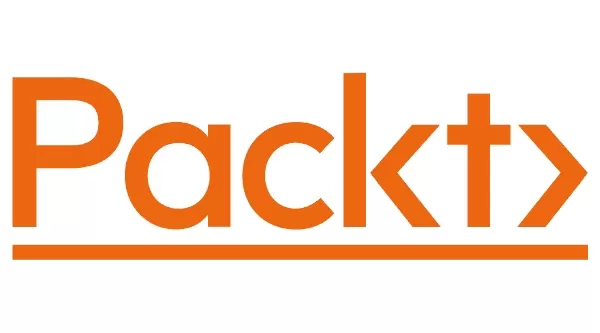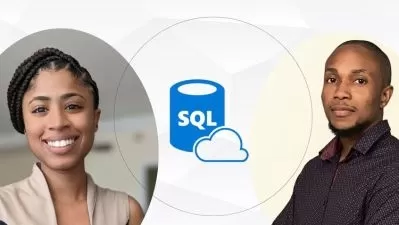Azure Data Factory for Beginners - Build Data Ingestion
David Mngadi
6:29:18
Description
Building frameworks is now an industry norm and it has become an important skill to know how to visualize, design, plan, and implement data frameworks. The framework that we are going to build together is the Metadata-Driven Ingestion Framework. Metadata-driven frameworks allow a company to develop the system just once and it can be adopted and reused by various business clusters without the need for additional development, thus saving the business time and costs. Think of it as a plug-and-play system.
The first objective of the course is to onboard you onto the Azure Data Factory platform to help you assemble your first Azure Data Factory pipeline. Once you get a good grip on the Azure Data Factory development pattern, then it becomes easier to adopt the same pattern to onboard other sources and data sinks.
Once you are comfortable with building a basic Azure Data Factory pipeline, as a second objective, we then move on to building a fully-fledged and working metadata-driven framework to make the ingestion more dynamic; furthermore, we will build the framework in such a way that you can audit every batch orchestration and individual pipeline runs for business intelligence and operational monitoring.
By the end of this course, you will be able to design, implement, and get production-ready for data ingestion in Azure.
All the resource files are added to the GitHub repository at: https://github.com/PacktPublishing/Azure-Data-Factory-for-Beginners---Build-Data-Ingestion
More details
User Reviews
Rating
David Mngadi
Instructor's Courses
PacktPub
View courses PacktPub- language english
- Training sessions 63
- duration 6:29:18
- Release Date 2023/02/06










